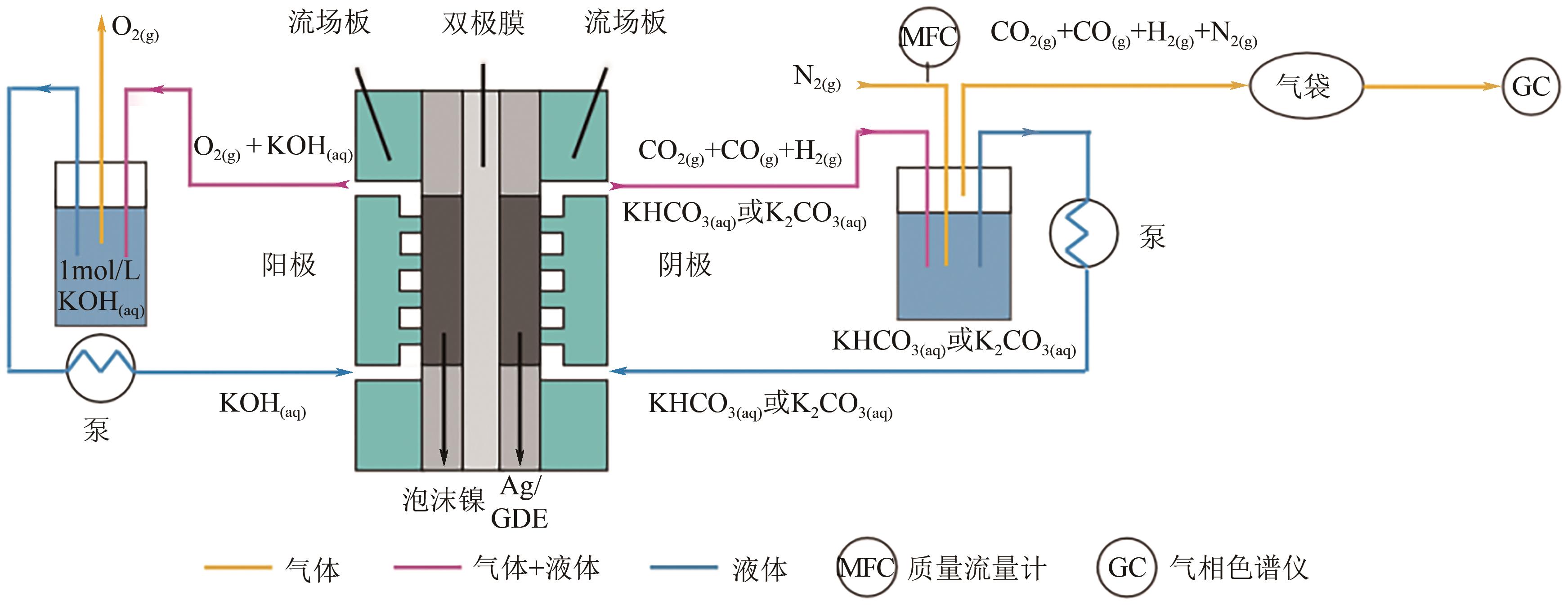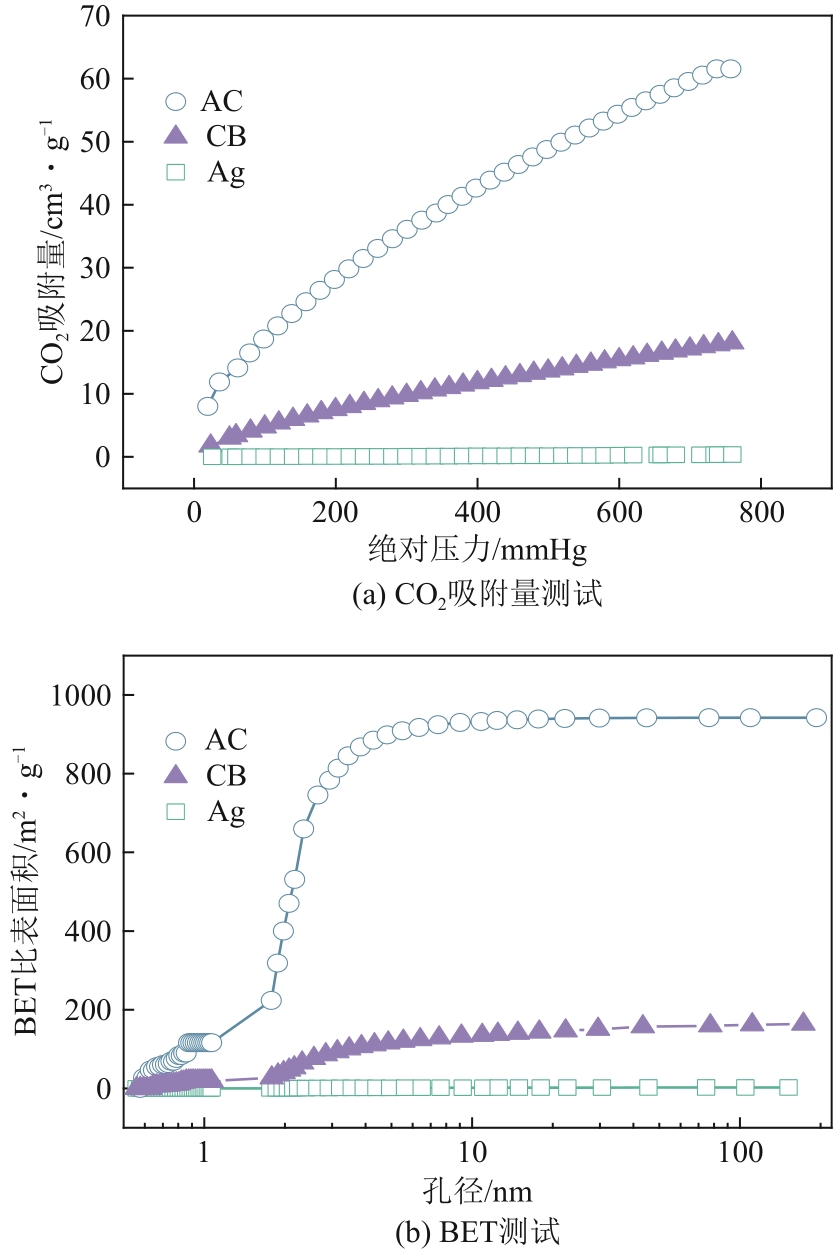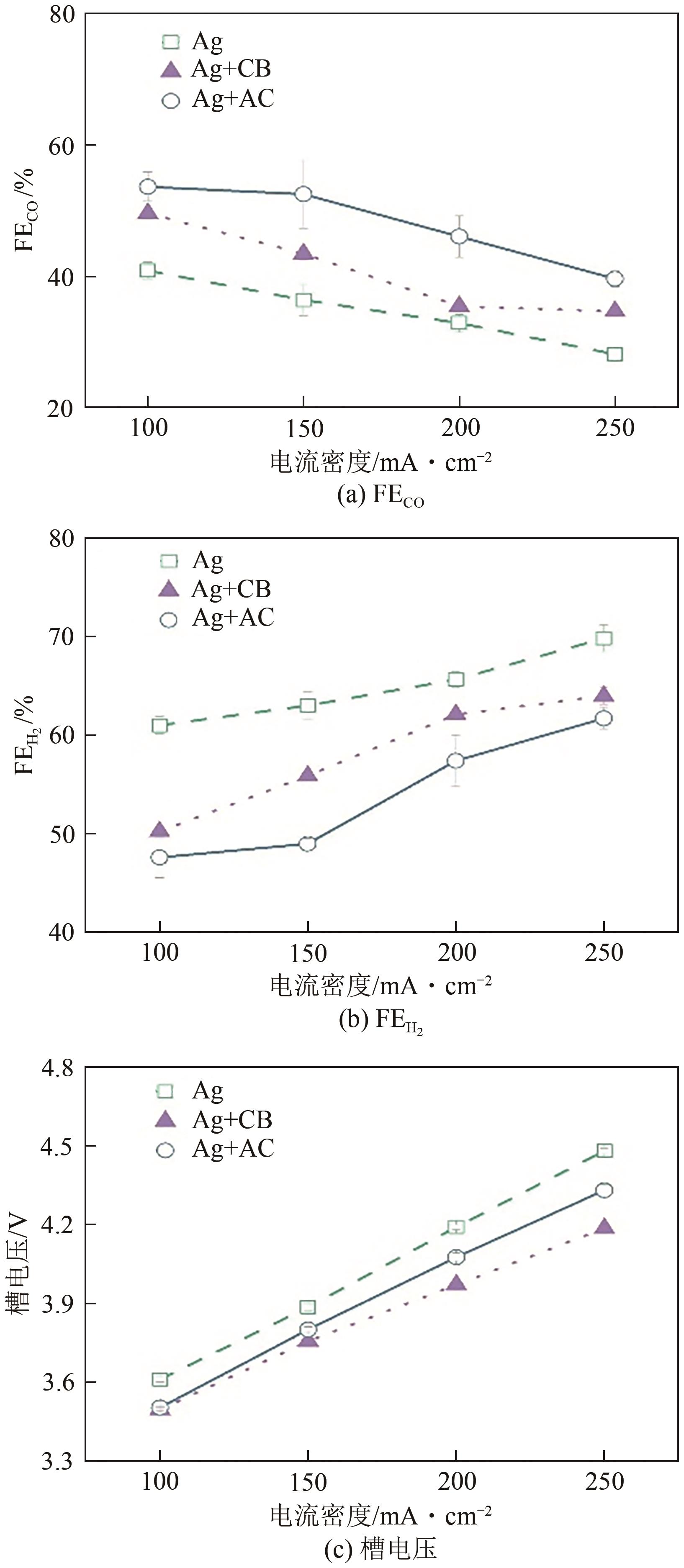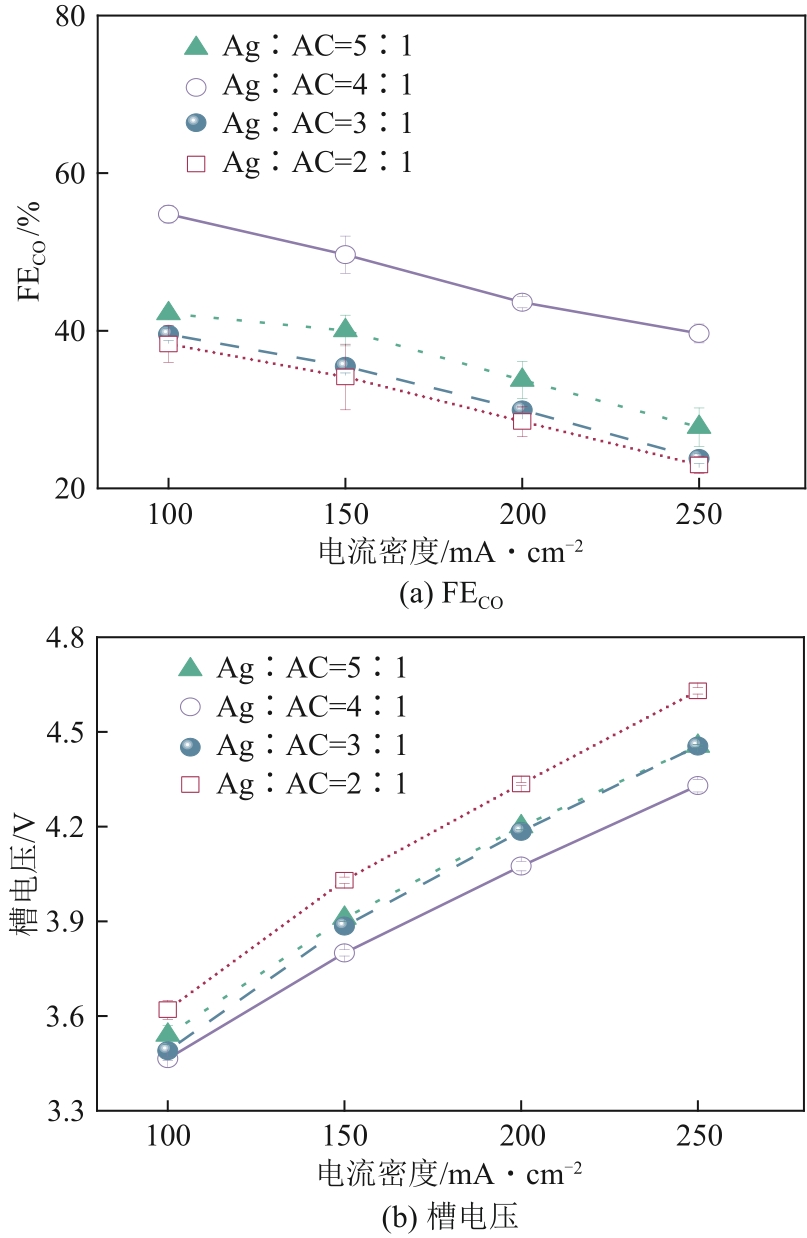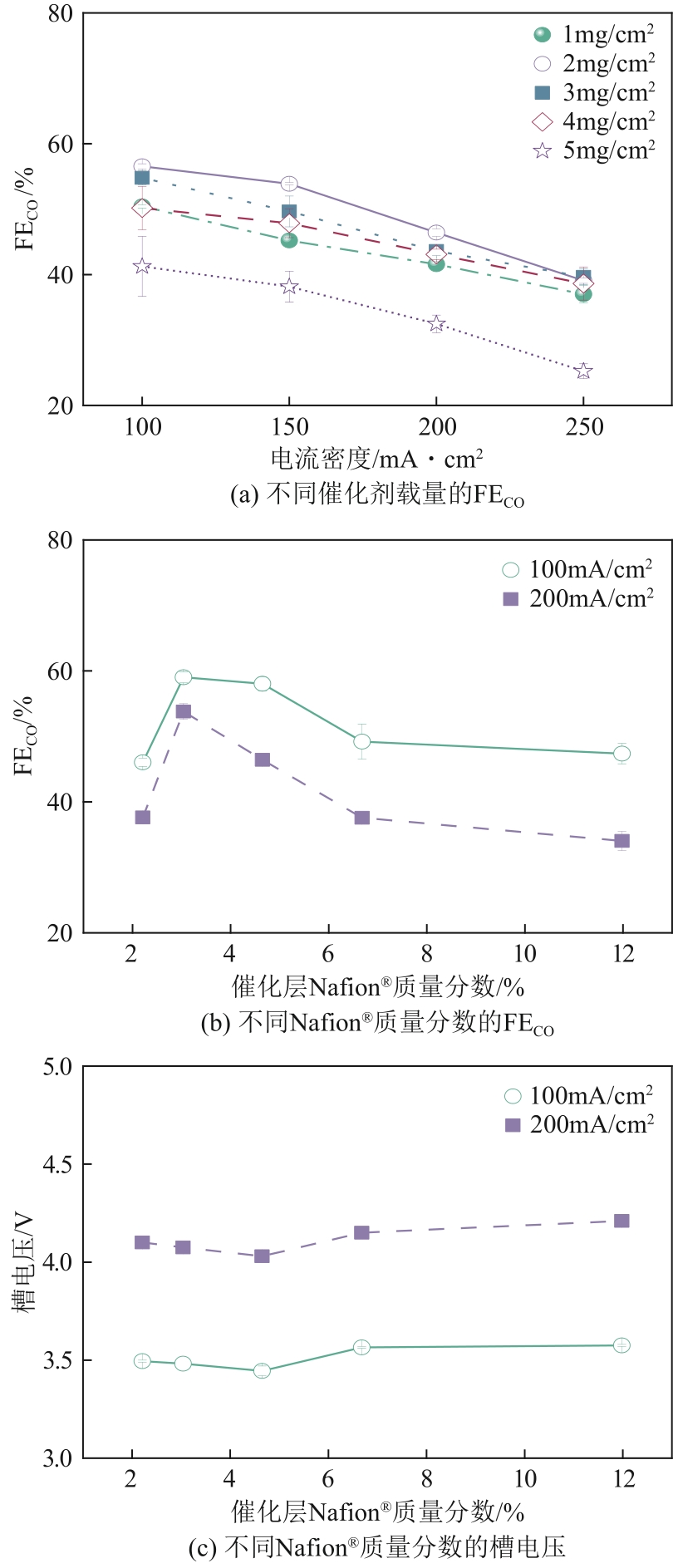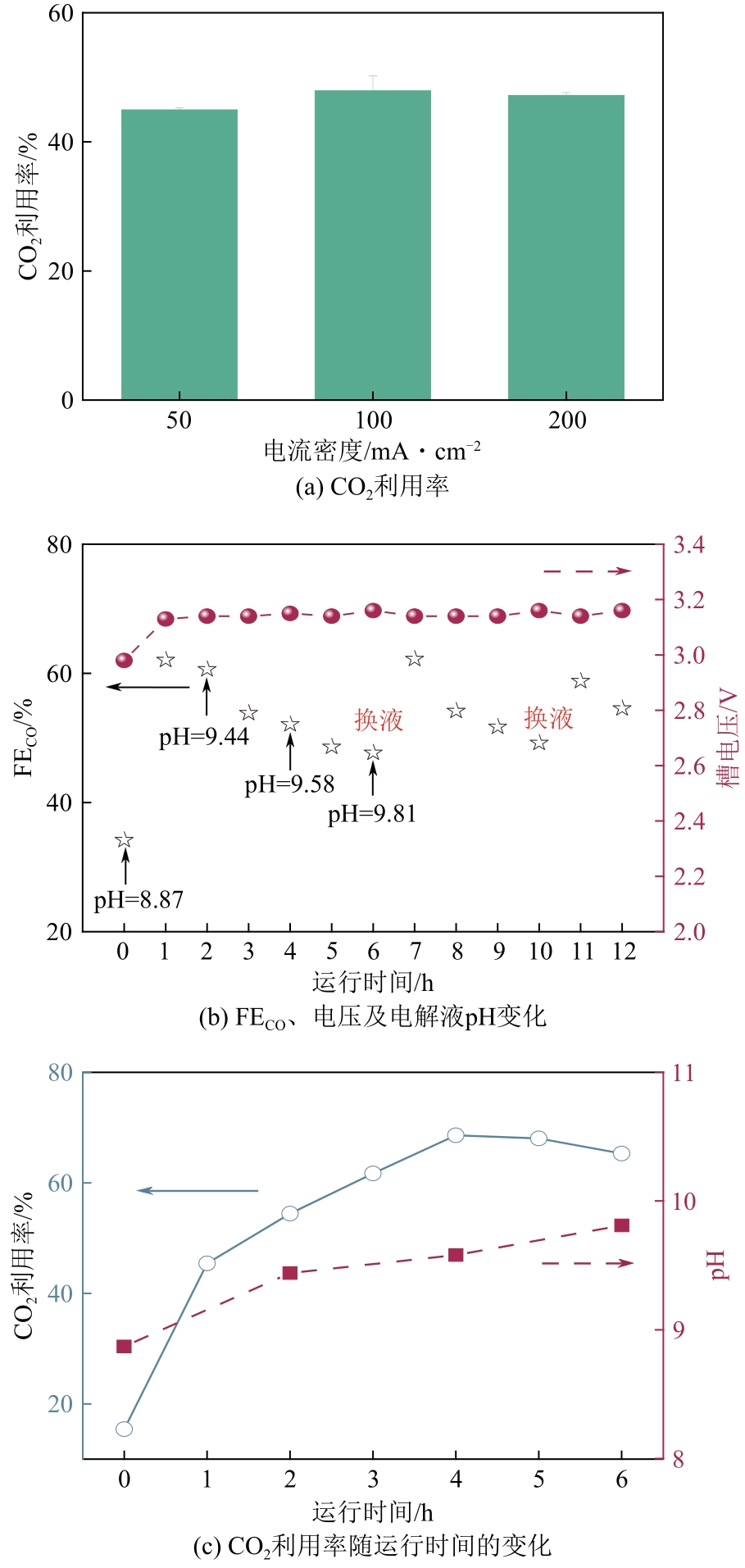| 1 |
SANCHEZ Felipe, MOTTA Davide, ROLDAN Alberto, et al. Hydrogen generation from additive-free formic acid decomposition under mild conditions by Pd/C: Experimental and DFT studies[J]. Topics in Catalysis, 2018, 61(3): 254-266.
|
| 2 |
AGARWAL Arun S, ZHAI Yumei, HILL Davion, et al. The electrochemical reduction of carbon dioxide to formate/formic acid: Engineering and economic feasibility[J]. ChemSusChem, 2011, 4(9): 1301-1310.
|
| 3 |
BUSHUYEV Oleksandr S, DE LUNA Phil, DINH Cao Thang, et al. What should we make with CO2 and how can we make it?[J]. Joule, 2018, 2(5): 825-832.
|
| 4 |
Rern Jern LIM, XIE Mingshi, Mahasin Alam SK, et al. A review on the electrochemical reduction of CO2 in fuel cells, metal electrodes and molecular catalysts[J]. Catalysis Today, 2014, 233: 169-180.
|
| 5 |
LARRAZÁBAL Gastón O, Patrick STRØM-HANSEN, HELI Jens P, et al. Analysis of mass flows and membrane cross-over in CO2 reduction at high current densities in an MEA-type electrolyzer[J]. ACS Applied Materials & Interfaces, 2019, 11(44): 41281-41288.
|
| 6 |
BOOT-HANDFORD Matthew E, ABANADES Juan C, ANTHONY Edward J, et al. Carbon capture and storage update[J]. Energy & Environmental Science, 2014, 7(1): 130-189.
|
| 7 |
WANG Yuan, ZHAO Li, OTTO Alexander, et al. A review of post-combustion CO2 capture technologies from coal-fired power plants[J]. Energy Procedia, 2017, 114: 650-665.
|
| 8 |
Stuart HASZELDINE R. Carbon capture and storage: How green can black be?[J]. Science, 2009, 325(5948): 1647-1652.
|
| 9 |
LI Tengfei, LEES Eric W, GOLDMAN Maxwell, et al. Electrolytic conversion of bicarbonate into CO in a flow cell[J]. Joule, 2019, 3(6): 1487-1497.
|
| 10 |
YUE Pengtao, KANG Zhongyin, FU Qian, et al. Life cycle and economic analysis of chemicals production via electrolytic (bi)carbonate and gaseous CO2 conversion[J]. Applied Energy, 2021, 304: 117768.
|
| 11 |
REYES Angelica, JANSONIUS Ryan P, MOWBRAY Benjamin A W, et al. Managing hydration at the cathode enables efficient CO2 electrolysis at commercially relevant current densities[J]. ACS Energy Letters, 2020, 5(5): 1612-1618.
|
| 12 |
WHEELER Danika G, MOWBRAY Benjamin A W, REYES Angelica, et al. Quantification of water transport in a CO2 electrolyzer[J]. Energy & Environmental Science, 2020, 13(12): 5126-5134.
|
| 13 |
LI Yuguang C, ZHOU Dekai, YAN Zhifei, et al. Electrolysis of CO2 to syngas in bipolar membrane-based electrochemical cells[J]. ACS Energy Letters, 2016, 1(6): 1149-1153.
|
| 14 |
LEES Eric W, GOLDMAN Maxwell, FINK Arthur G, et al. Electrodes designed for converting bicarbonate into CO[J]. ACS Energy Letters, 2020, 5(7): 2165-2173.
|
| 15 |
SHODIEV Abbos, ZANOTTO Franco M, YU Jia, et al. Designing electrode architectures to facilitate electrolyte infiltration for lithium-ion batteries[J]. Energy Storage Materials, 2022, 49: 268-277.
|
| 16 |
SING K S W. Reporting physisorption data for gas/solid systems with special reference to the determination of surface area and porosity [J]. Pure and Applied Chemistry, 1985, 57(4): 603-619.
|
| 17 |
KIBRIA Md Golam, EDWARDS Jonathan P, GABARDO Christine M, et al. Electrochemical CO2 reduction into chemical feedstocks: From mechanistic electrocatalysis models to system design[J]. Advanced Materials, 2019, 31(31): 1807166.
|
| 18 |
MAREPALLY Bhanu Chandra, AMPELLI Claudio, GENOVESE Chiara, et al. Enhanced formation of >C1 products in electroreduction of CO2 by adding a CO2 adsorption component to a gas-diffusion layer-type catalytic electrode[J]. ChemSusChem, 2017, 10(22): 4442-4446.
|
| 19 |
WENG Lien-Chun, BELL Alexis T, WEBER Adam Z. Modeling gas-diffusion electrodes for CO2 reduction[J]. Physical Chemistry Chemical Physics, 2018, 20(25): 16973-16984.
|
| 20 |
HIGGINS Drew, HAHN Christopher, XIANG Chengxiang, et al. Gas-diffusion electrodes for carbon dioxide reduction: A new paradigm[J]. ACS Energy Letters, 2019, 4(1): 317-324.
|
| 21 |
HYUN Gayea, SONG Jun Tae, Changui AHN, et al. Hierarchically porous Au nanostructures with interconnected channels for efficient mass transport in electrocatalytic CO2 reduction[J]. Proceedings of the National Academy of Sciences of the United States of America, 2020, 117(11): 5680-5685.
|
| 22 |
WU Jingjie, SHARMA Pranav P, HARRIS Bradley H, et al. Electrochemical reduction of carbon dioxide: Ⅳ dependence of the Faradaic efficiency and current density on the microstructure and thickness of tin electrode[J]. Journal of Power Sources, 2014, 258: 189-194.
|
| 23 |
HAAS Thomas, KRAUSE Ralf, WEBER Rainer, et al. Technical photosynthesis involving CO2 electrolysis and fermentation[J]. Nature Catalysis, 2018, 1: 32-39.
|
| 24 |
VERMA Sumit, HAMASAKI Yuki, KIM Chaerin, et al. Insights into the low overpotential electroreduction of CO2 to CO on a supported gold catalyst in an alkaline flow electrolyzer[J]. ACS Energy Letters, 2018, 3(1): 193-198.
|
| 25 |
KUTZ Robert B, CHEN Qingmei, YANG Hongzhou, et al. Sustainion imidazolium-functionalized polymers for carbon dioxide electrolysis[J]. Energy Technology, 2017, 5(6): 929-936.
|
 ), XIE Yuhang2,3, LI Weike1, FAN Yongchun1, KANG Zhongyin2,3, FU Qian2,3(
), XIE Yuhang2,3, LI Weike1, FAN Yongchun1, KANG Zhongyin2,3, FU Qian2,3( )
)
 ), 谢雨杭2,3, 李伟科1, 范永春1, 康钟尹2,3, 付乾2,3(
), 谢雨杭2,3, 李伟科1, 范永春1, 康钟尹2,3, 付乾2,3( )
)
